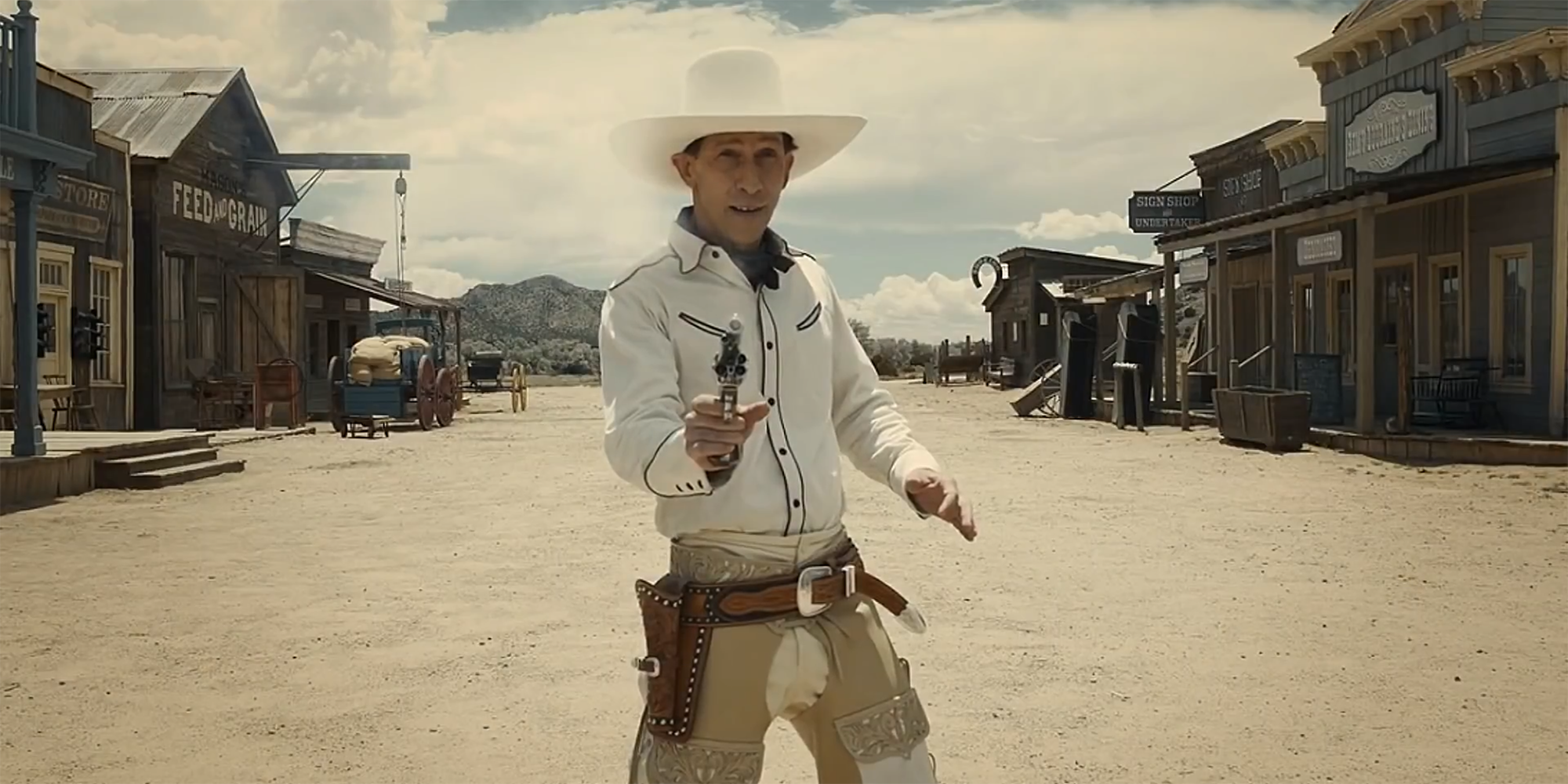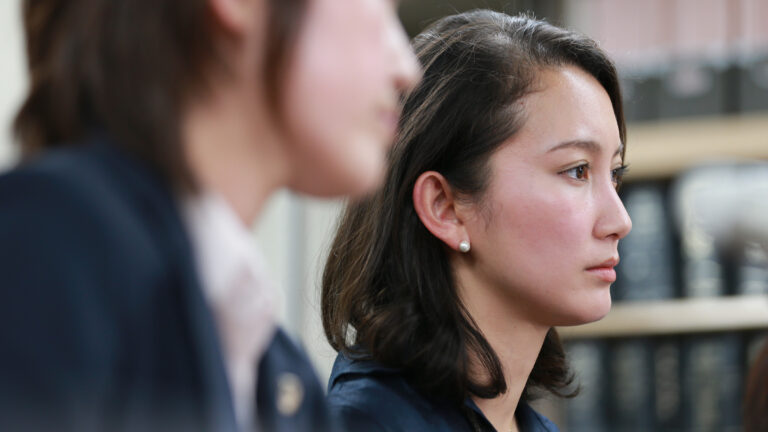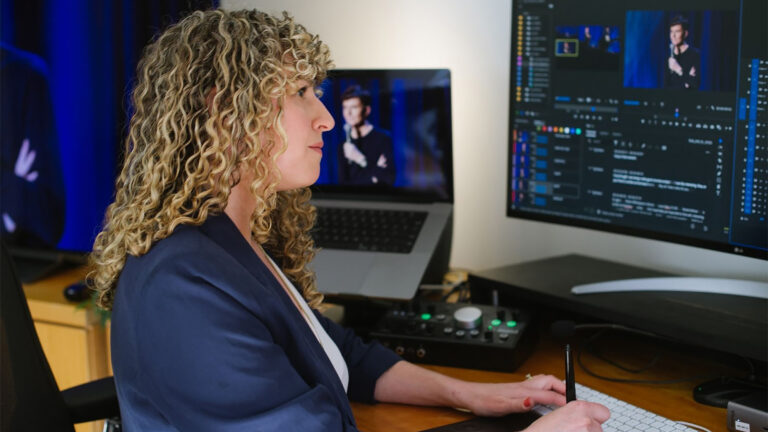Joel and Ethan Coen began making movies 35 years ago. They’ve now been making movies longer than they haven’t. Among the 18 feature films they’ve made over the years, almost all of them represent the best of what cinema can be. Their latest, The Ballad of Buster Scruggs, is no exception.
The Coens are no strangers to westerns, but Buster Scruggs is unique. It’s not just one movie. It’s six. And while widespread rumor has it that it was once meant to be a Netflix series with each story representing a full episode—which was then edited down into a single film—those rumors are unfounded (according to associate editor Eyal Dimant). Nonetheless, a project like Buster Scruggs offers a unique editorial challenge: telling six stories in a feature-length time.
The Coens, who edit their own work under the name “Roderick Jaynes,” are generous and ego-free collaborators during the editing process with their assistant and associate editors. So we reached out and spoke to Eyal, the associate editor, as well as assistant editor Lucian Johnston, about how they found themselves sitting next to the Coens, how the filmmakers work, and how to pace out six short films into one whole feature film.
Catching Up with the Coens
For Dimant and Johnston, the road to the Coen Brothers required paying their dues and getting to know a key person: post-production supervisor Catherine Farrell, who has worked with the Coen Brothers since 2009’s A Serious Man.
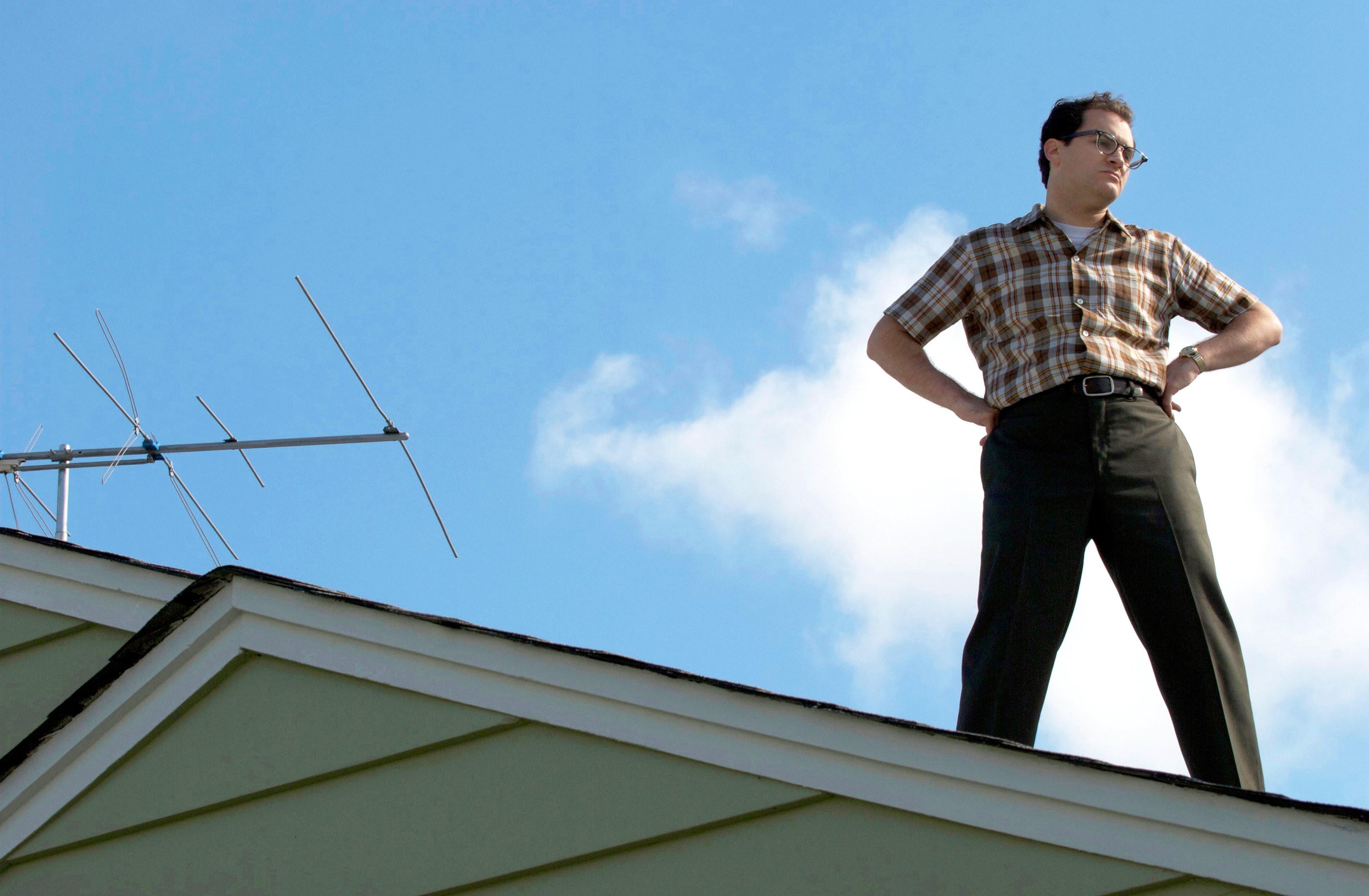
Dimant began his career by taking continuing education classes at NYU for editing. He met a producer there who helped him secure an apprentice and assistant editor position on a documentary.

Dimant spent the next 15 years juggling editorial and colorist work, until he landed a senior colorist staff position at Post Factory in New York City. While working on Ang Lee’s Billy Lynn’s Halftime Walk, he met Farrell who eventually asked Dimant to do a test edit with Joel Coen for The Ballad of Buster Scruggs.
Johnston’s career as an editor began with a detour into on-set production assisting before he got a post-production break as an apprentice editor on Darren Aronofsky’s Noah. He worked his way up to assistant editor on Ang Lee’s Billy Lynn’s Halftime Walk, Noah Baumbach’s Meyerowitz Stories and Scott Cooper’s Hostiles. All three films were supervised by Farrell, who offered him the same opportunity she did Dimant: would he like to work with the Coens?
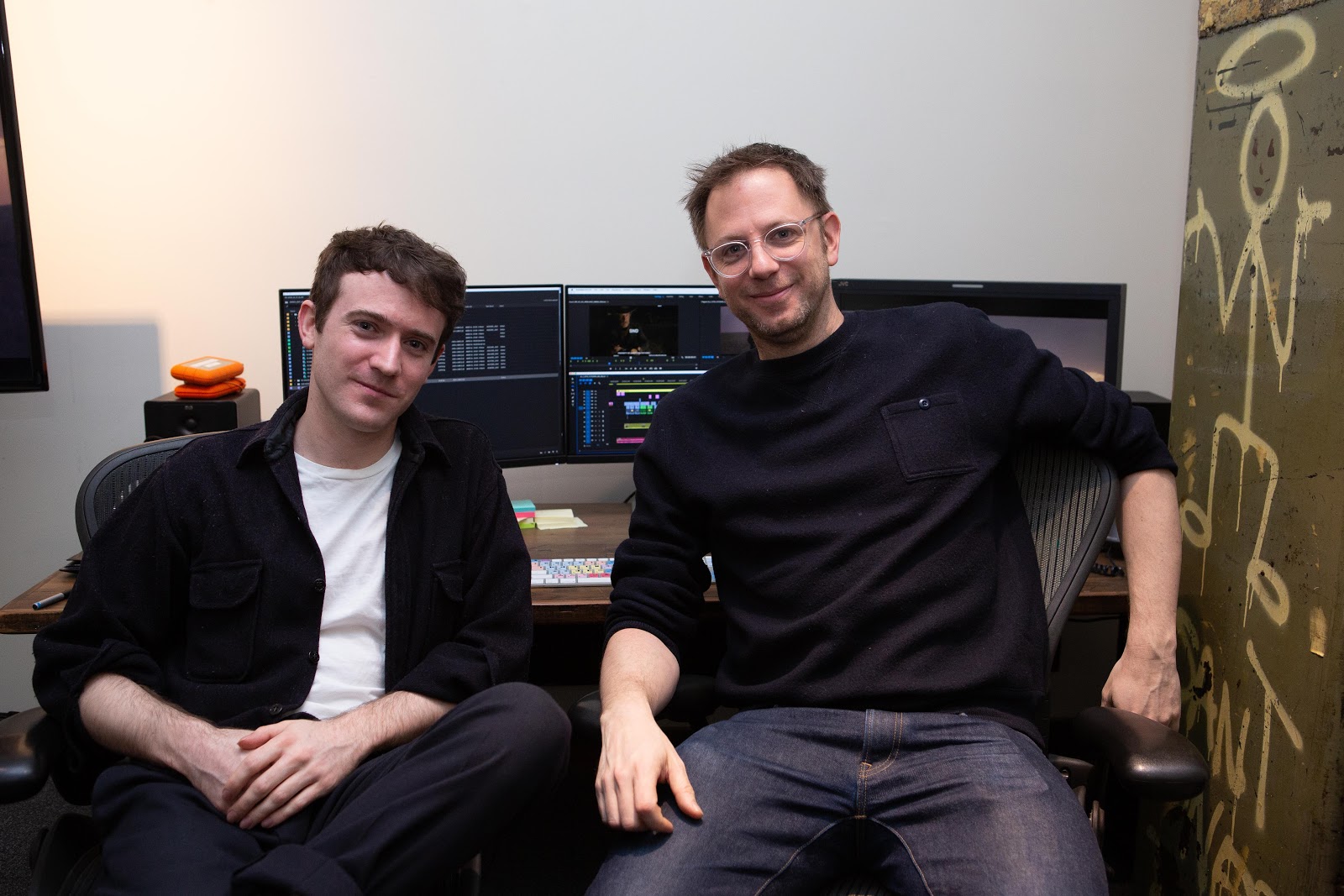
Both men told Farrell “Yes.” They would go on to get the job, finding the opportunity to work with the Coens a dream come true. “It was probably the happiest day of my life when Catherine asked me if I wanted the job,” Johnston says. Dimant was equally ecstatic. “When that happened, I was awestruck. I just kept thinking, ‘I can’t believe they just asked me to do this!’”
Gathering Buster’s Materials
Dimant began his associate editor work on The Ballad of Buster Scruggs a week before production started. The movie was shot by Oscar-nominated cinematographer Bruno Delbonnel on Arri ALEXA and ALEXA Mini cameras, with ARRIRAW 3.5k and open gate on the Alexa. It also marked the first time the Coens hadn’t shot on 35mm film.
No assembling was done during shooting because the Coens edit their own films so production had to wrap first. But Dimant was receiving and processing dailies. “We would log those, we would set poster frames for all of them, and give them a brief description of the shot composition and action,” Dimant says. They used Premiere pro v12 for offline editing, with ProRes HQ 422, because it’s the program that the Coens prefer because they used Final Cut Pro 7 for a long time, and Premiere and its templates are similar.
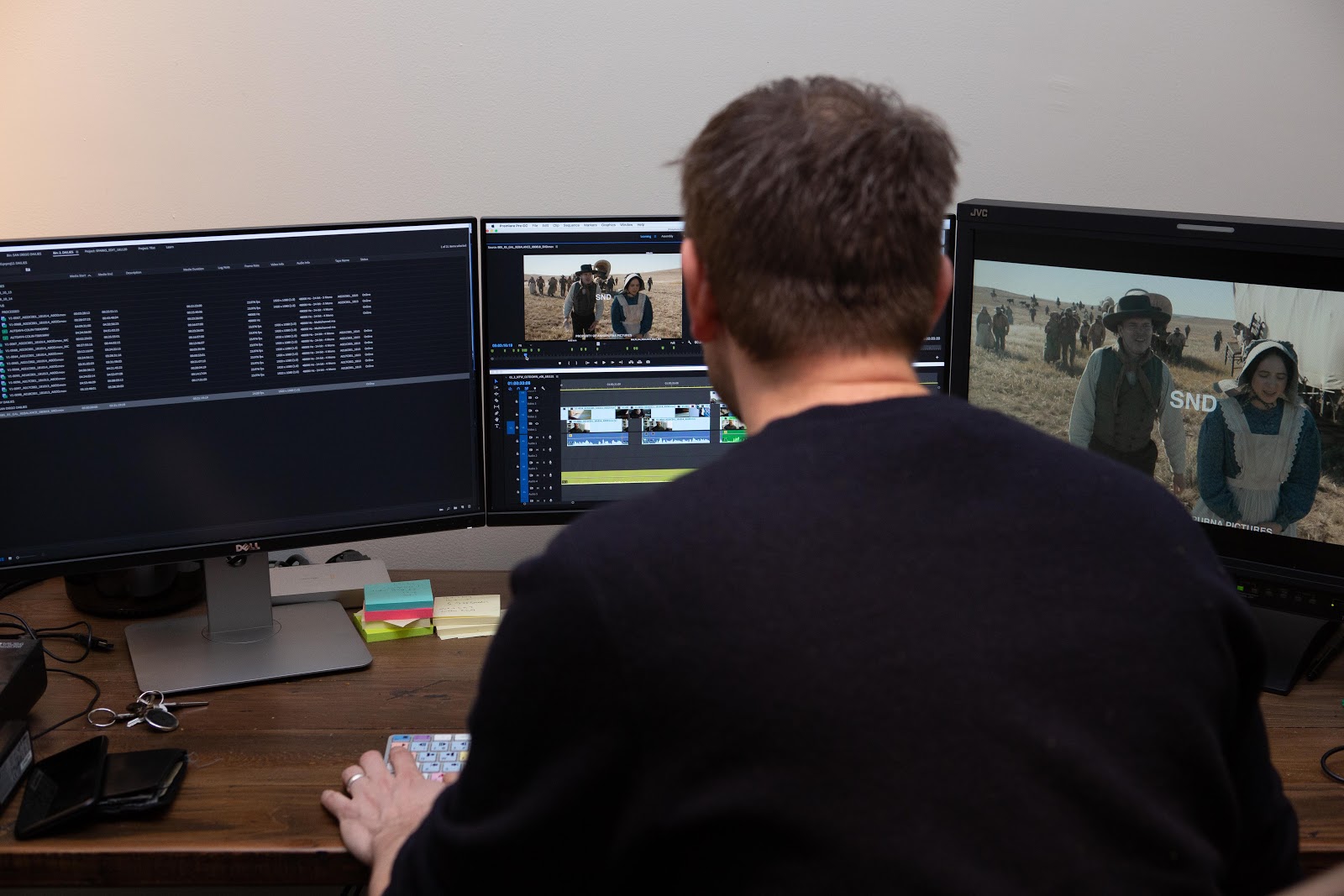 Premiere projects were used to organize footage of each short film. “We basically used projects like bins [and each] of the six stories was broken down into its own project,” explains Dimant.
Premiere projects were used to organize footage of each short film. “We basically used projects like bins [and each] of the six stories was broken down into its own project,” explains Dimant.
Adds Johnston, “Besides the six main edit projects, we had six projects for screening dailies, six projects for Ethan to work on simultaneously while Joel worked, six projects for assistant work, six projects for turnovers, and many others.” Those others included space for sound effects, production sounds, music, visual effects, temp visual effects, temp music cues, and final music cues.
There were also six VFX projects, along with many corresponding After Effects projects, that were all managed by the VFX editor, Jeremy Newmark. “Joel would often like to see complicated split screens, or temp VFX shots as soon as possible, and Jeremy could do that work on site immediately. We could bring his work into the cut as soon as he was done. That really helped streamline the VFX workflow.”
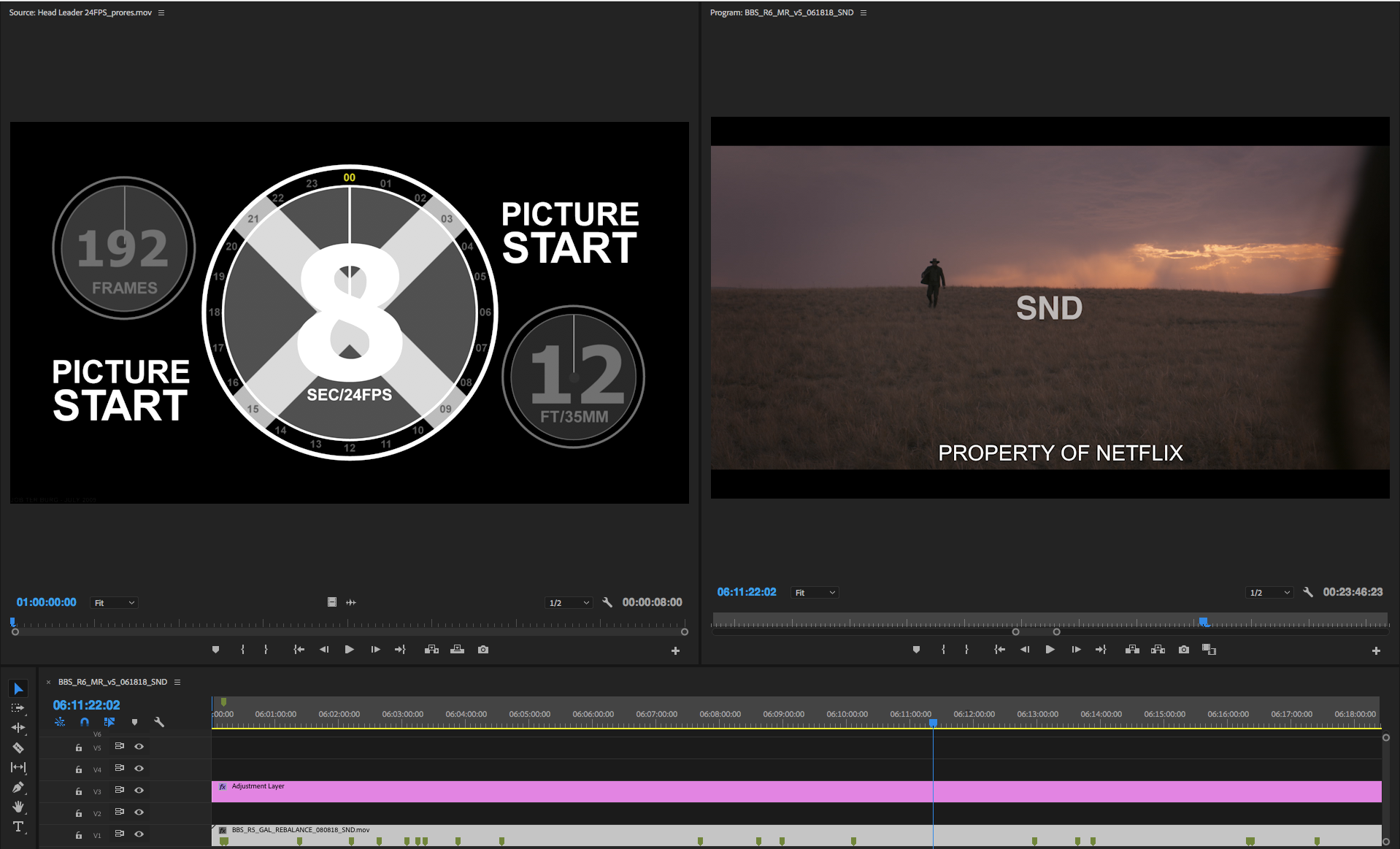
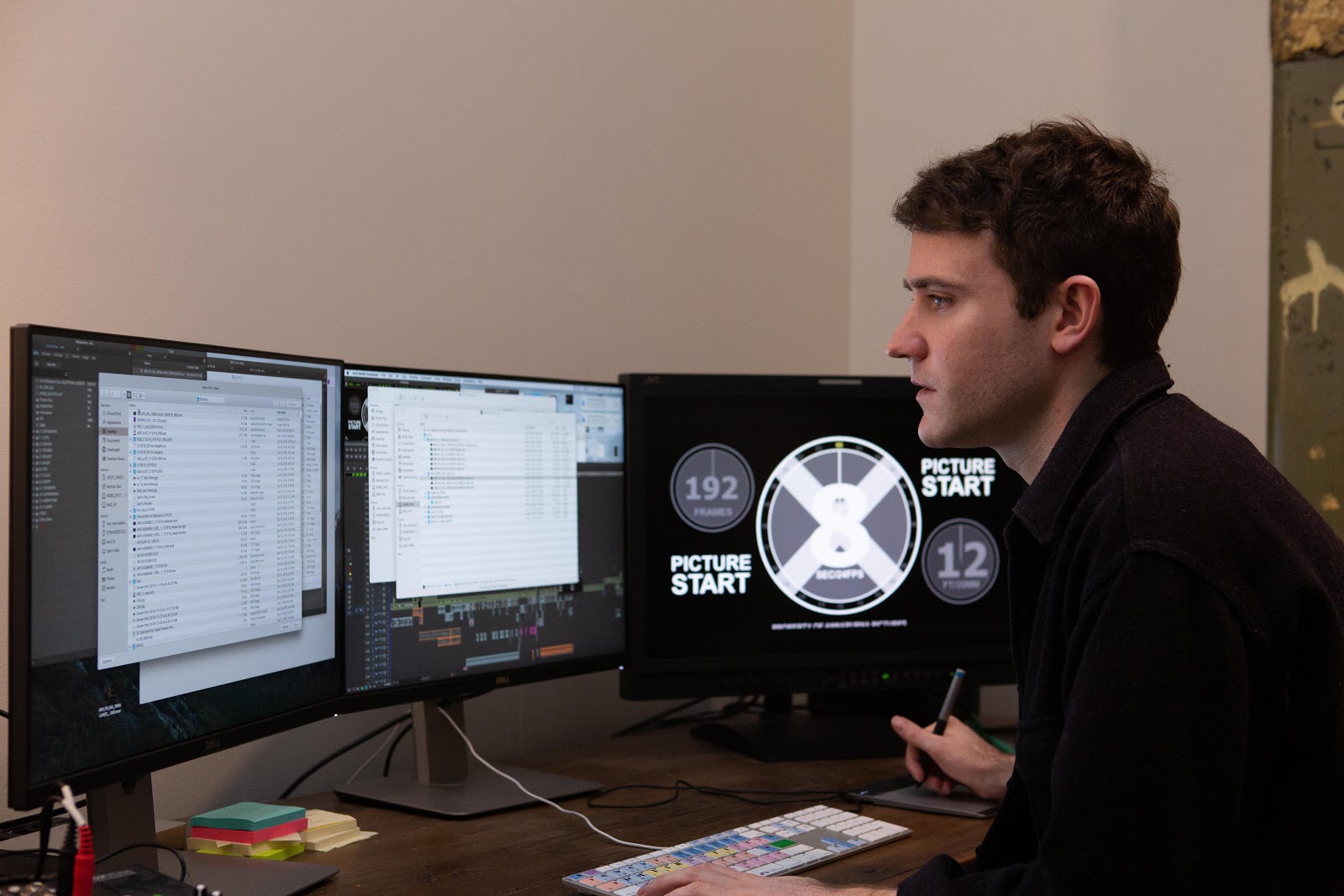
Organizing the Workflow
Once production had wrapped, Johnston’s work on Buster Scruggs began a week before the Coens arrived. He and Dimant used that time to prepare. “We talked over workflow and what we were going to do,” says Johnston. Monday to Friday, Dimant would work with Joel Coen in the cutting room, then Johnston would take over on the weekend and assist Joel on tasks the filmmaker had assigned him or continue working with the director on what he and Dimant had been doing. For that purpose, Johnston and Dimant would meet at the end of every weekday to discuss what had been worked on – what cuts were made and why – so that Johnston would be in the loop.
Beyond his assignments from Joel, Johnston and his apprentice editor, Max Berger, stayed busy with other tasks during the week, shuffling between cutting rooms at the Coen’s production offices in New York City, and those at Sims International. He’d tackle sound work, turnovers, DI, and even marketing. “I would also end my days managing all the media between the two cutting rooms, and taking care of anything that needed to happen after Joel and Ethan left.”
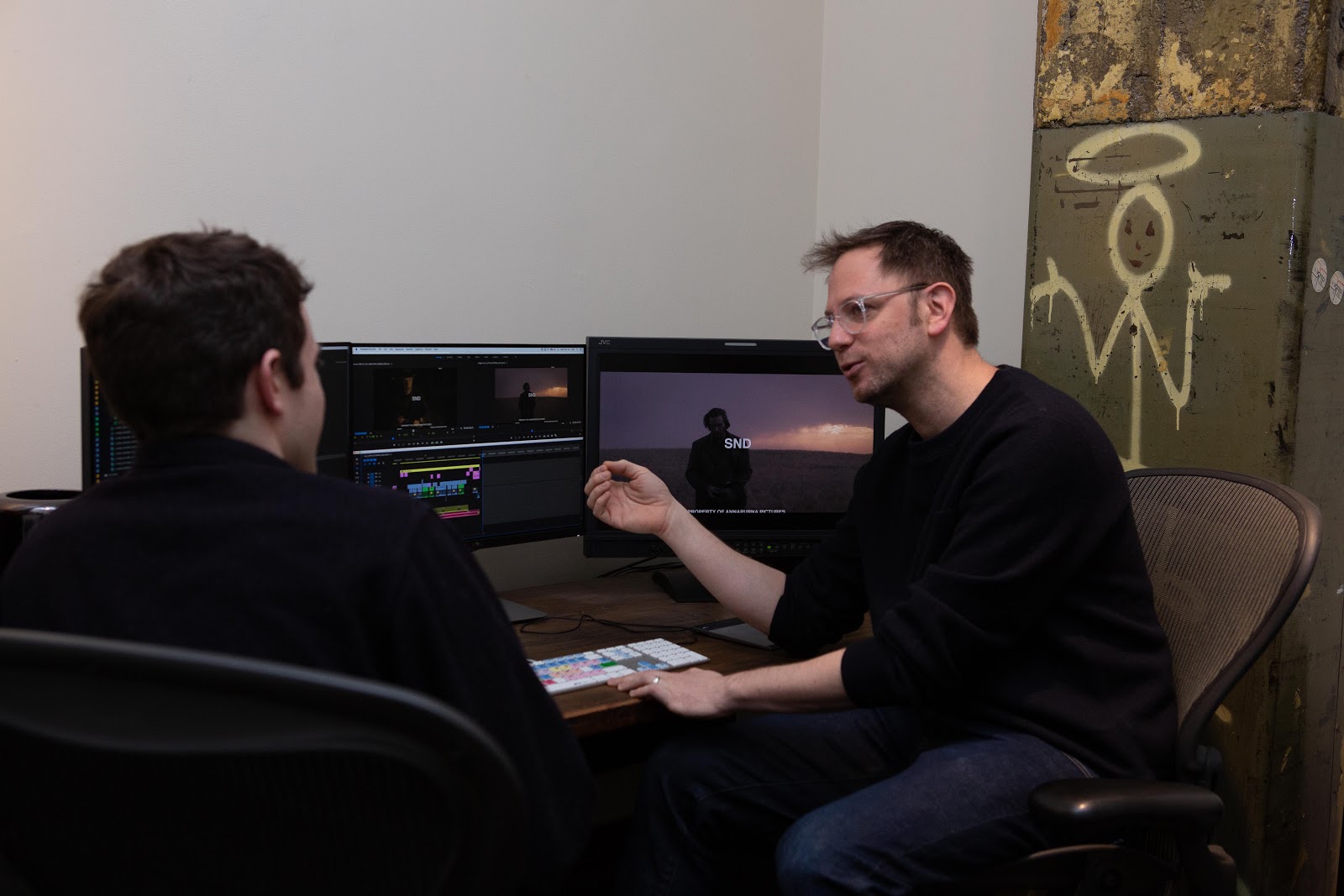
Media management was especially important for a particular reason: “You can’t work on the same project simultaneously in Premiere, but you can have multiple projects open at the same time,” Johnston says. “Ethan could work on a duplicate version of the same project as Joel, and then when he was finished with something, we could refresh his project on Joel’s system, access his work immediately, and bring it into the cut. We had an extensive team viewer workflow as well, and I could remote in to any of the systems to transfer my work while I was offsite.” Everything would be sure to be updated at the end of the day.
Collaborating with the Coens
The Coens’ process looks something like this: “Before starting to cut a scene, they would watch all the dailies for that scene every morning,” Dimant says. “Ethan would normally pull the selects and pick the shots. Joel would cut them into the timeline and do the main editorial part.” Ethan is very precise with selects. “He pulls a sub-clip with an in and an out, both audio and video separate, with built in pre-lapse for the audio and puts it in a bin. Then we put it on a timeline.”
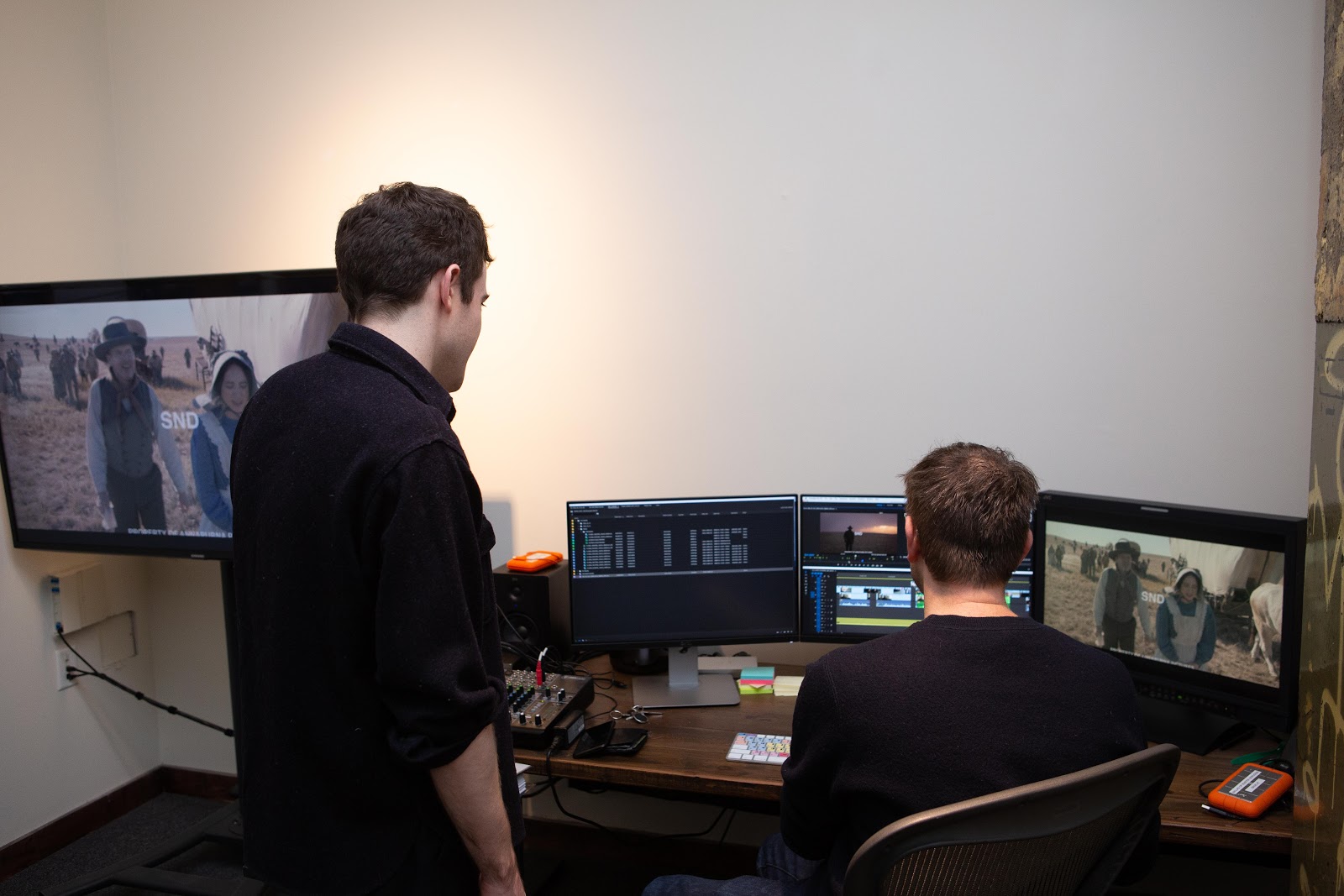
From there, a close collaboration began as the Coens worked with their team, which was something Dimant had to get used to. “The first week or two I was a little bit apprehensive in telling the Coen Brothers, ‘Well I would do it this way.’ But, at some point, I realized that they were interested in other people’s opinions,” he says. Johnston echoes that. “They care about what the assistants think.”
That surprised Johnston because the experience resembled an old Hollywood way of doing things that he didn’t think existed anymore. “The art of apprenticing editors has completely died in the sense that in the old days when you were cutting on film, it was a very physical process, and the assistant editors were in the same room as the editors.
“Because of that, just by virtue of proximity, you would pick up everything that the editors were doing. The craft would really be passed down to the assistant editors from the editors,” Johnston explains. “With Joel and Ethan, it is like that, because you actually do sit right next to them, and because of that you learn so much.”
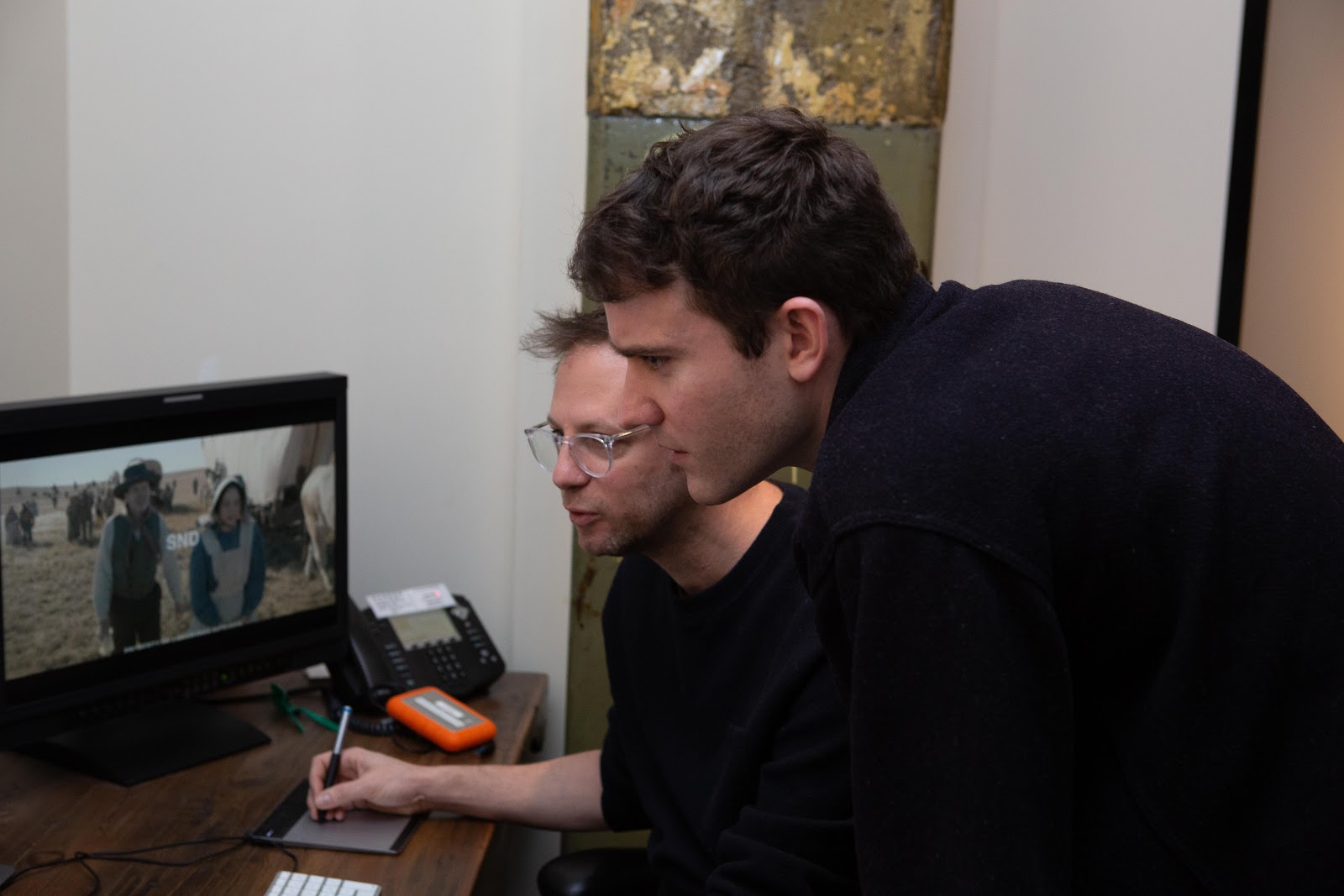
Pacing Six Films into One
One study-worthy element of the Coen’s filmmaking is their sense of pacing, which they have a sense of before even opening Premiere. “They shoot everything with the pacing in mind,” says Dimant. The result is a highly efficient and tight editing process once post-production begins. “At the end of the first pass, you’re not very far off from your final movie.”
None of that is to say that the pacing isn’t still finessed in the editing room. Especially by Joel. “He’s constantly doing things to tighten the cut in a very creative way, like cut six or seven frames in the middle of a take just to truncate it and make a reaction tighter,” says Johnston. “He’s always doing stuff like that to make things punchier.”

Even at their punchiest pacing, however, the magic of Coen Brothers films is that they never feel rushed. They’re allowed to breathe in ways that other films aren’t. But that’s something that could have been tricky with Buster Scruggs because it’s effectively six films, not one. How do you navigate the decisions around how long one story should be versus the others? Do you focus on the pacing of the whole project, or only the individual stories? How do you arrange the stories in an order that achieves an ideal flow?
There, too, the Coens were prepared. The stories never changed order. And somewhat surprisingly, the pacing of the entire project wasn’t a priority. “In regards to pacing, Joel and Ethan really focused on one story at a time,” says Johnston. Each segment adhered to what its standalone needs were, and were edited accordingly.
Prospecting for Balance
A useful example of what their approach looked like is the segment “All Gold Canyon”—a favorite of Dimant and Johnston—which stars Tom Waits as a man prospecting for gold in a pristine valley.
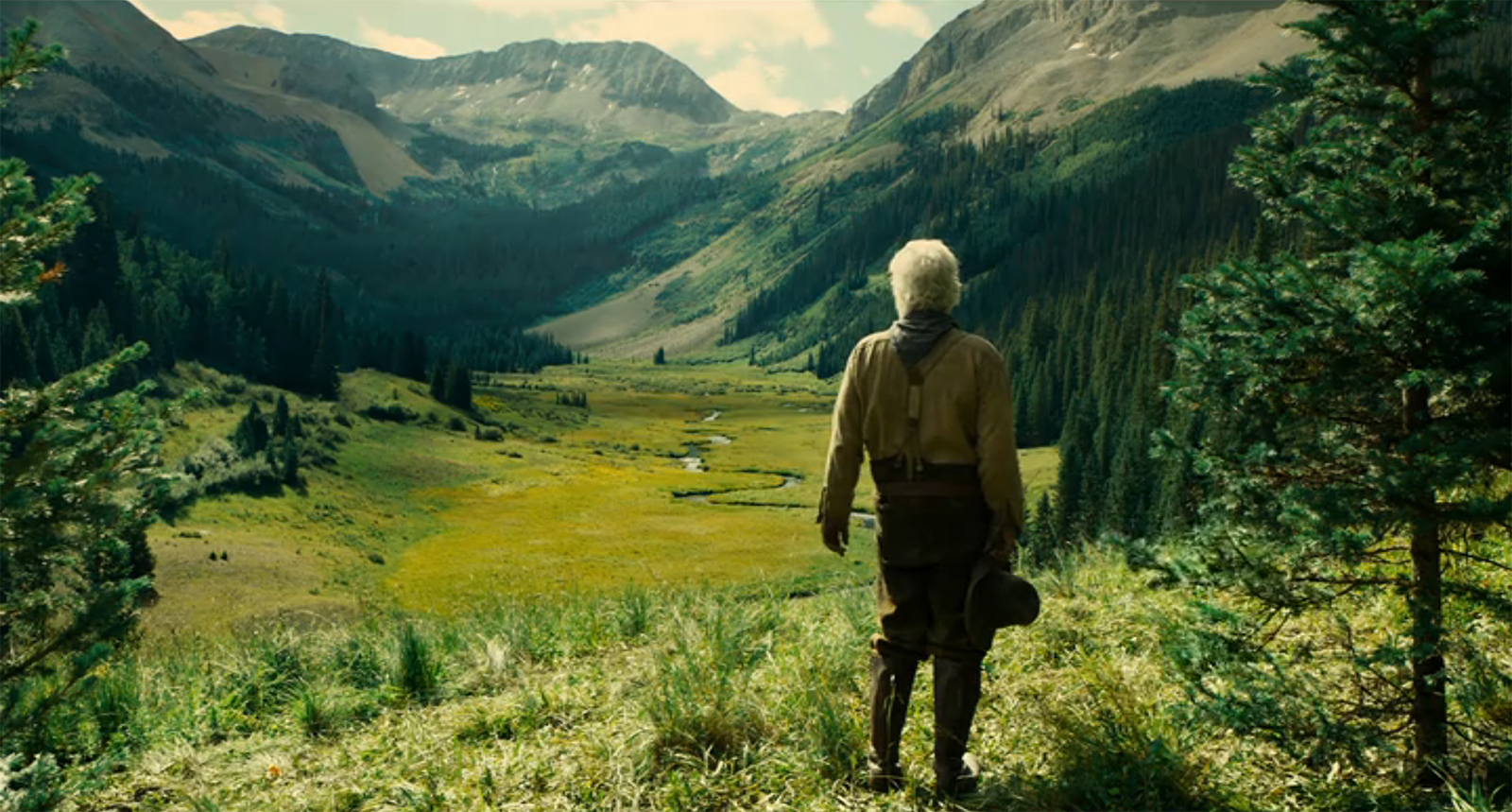
Gold Rush-era prospecting in real life was a time-consuming task, which the Coens wanted to convey. But that required a deft balance of how that’s depicted on screen for audiences. “The challenge was to make it feel as if a lot of time was passing, but in a short period of time. You have to make it seem like he’s been digging these holes all day long and over the course of a few days,” says Johnston. “But you have to do that in a very concise way.”
It also had to be done in a way that would make sense to the audience, says Dimant. “It’s historically correct, but they wanted that task to come across clearly and for the audience to understand how one goes about finding gold.” The tipping point between over- and under-explaining would have a significant impact on the pacing of the sequence.
The key to finding the right balance was crucial, Johnston says. “How intimately do people need to understand the details of the panning, or just the fact that he is panning?” The answer? “As long as you’re watching and you just kind of understand in a very general sense what’s happening, then the story still works,” Johnston says.
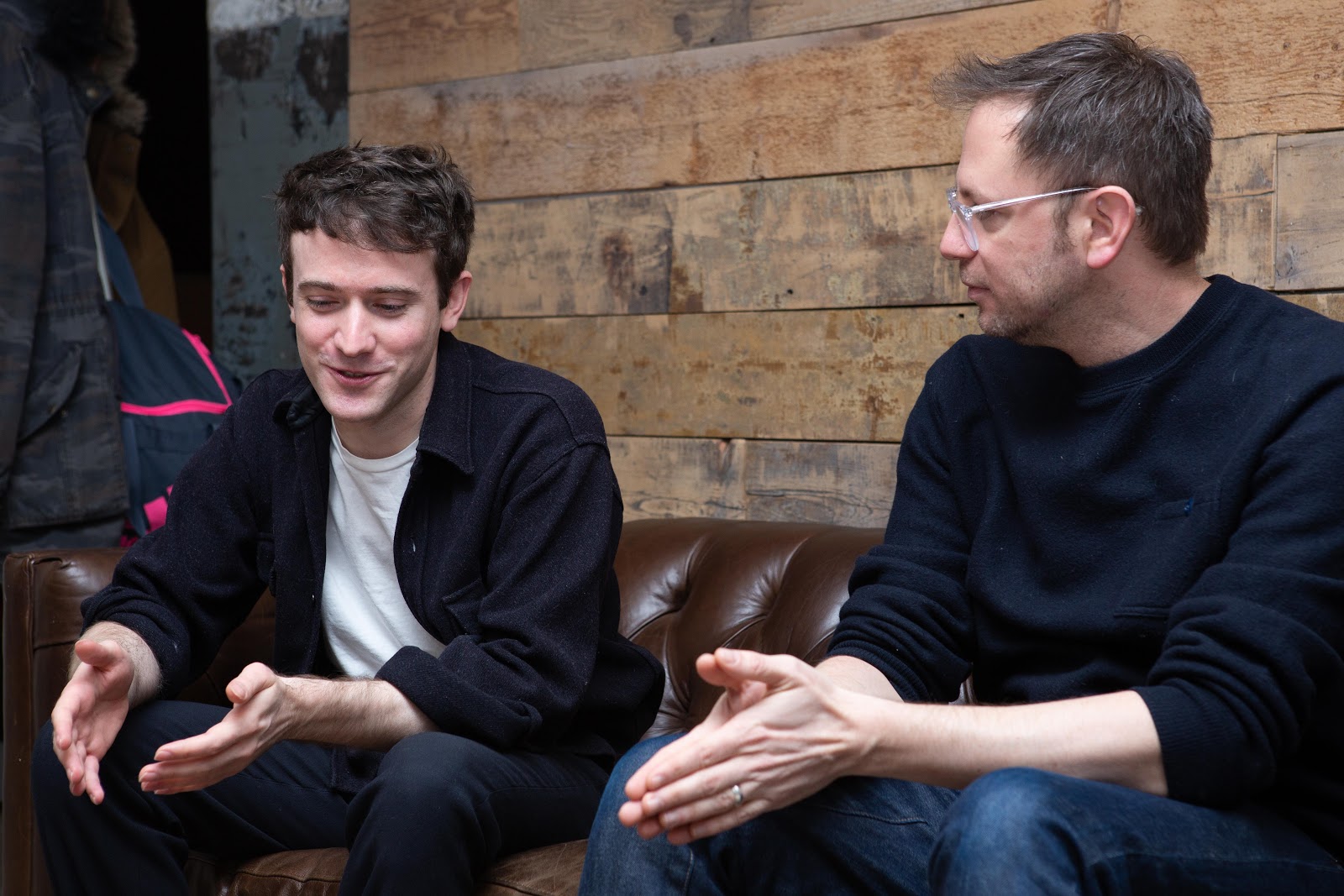
Honing in on a final iteration from there required good old-fashioned time, familiarity, and tinkering. “You live with these pieces for so long, you just feel it out. You watch them over and over again. You see what’s working, what’s not working and it’s just a constant conversation between Joel and Ethan,” says Johnston.
Coen University
Over the course of the 40 weeks it took to shoot and edit Buster Scruggs, Dimant and Johnston never got tired of the footage and stories. That’s not always a given when editing. “Most of the time when you work on a film, it becomes this very monotonous process, where you’ve seen the film 50, 60, 70 times,” Johnston says. “This was the opposite because you have six different short films. You always kept discovering things about each story that you didn’t really see before.”
The Coen Brothers also helped Dimant and Johnston discover more about filmmaking and editing. “Working with them was like going to film school and doing a doctorate,” says Dimant. Johnston felt something similar, as he was just coming off editing Hereditary, his first main editor experience. “You’ve been working up to that moment, and then you get there and you’re finally an editor and it’s great.
But then the second I started working with Joel and Ethan, I realized I had so much left to learn.
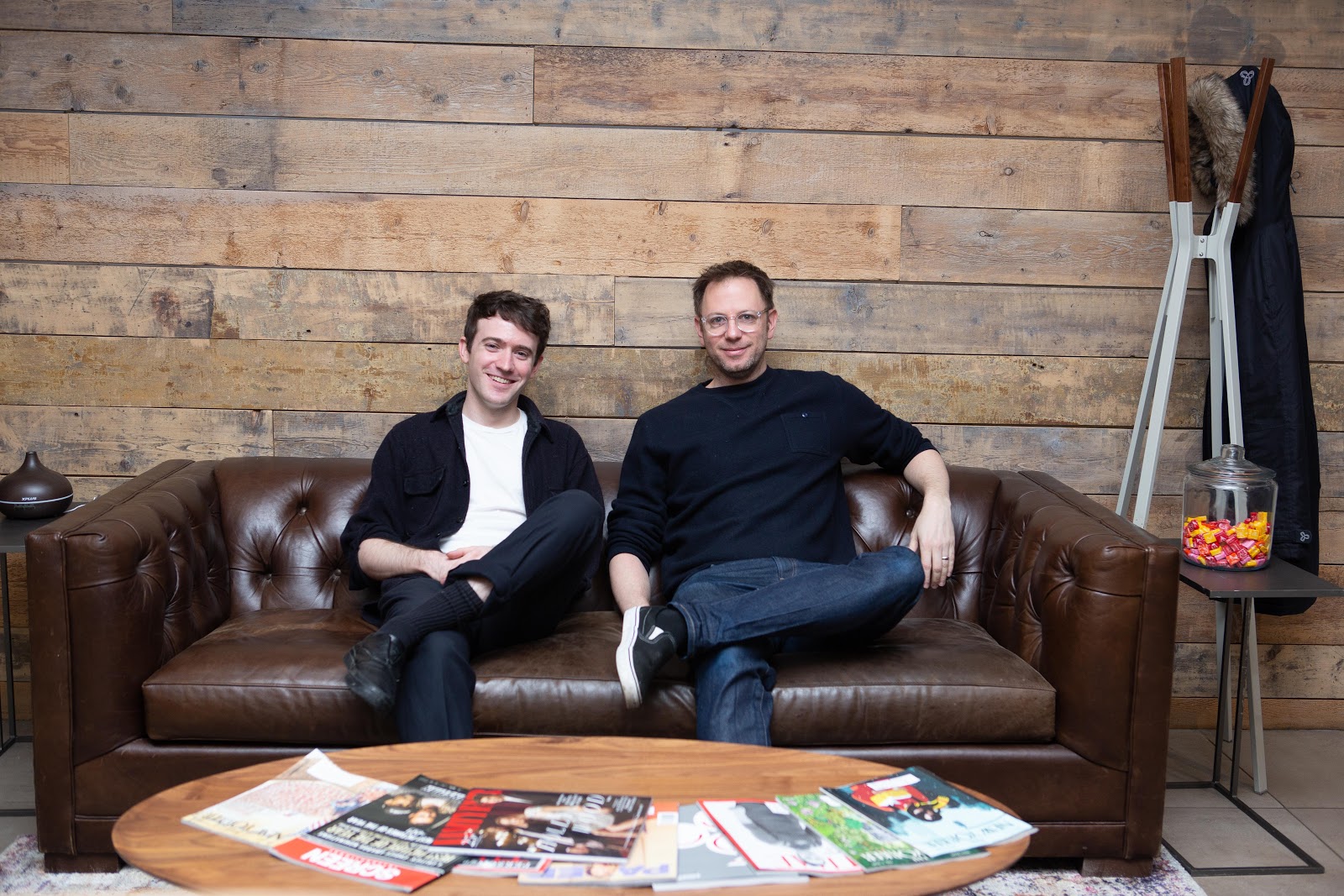
Photography by Erik Teng

